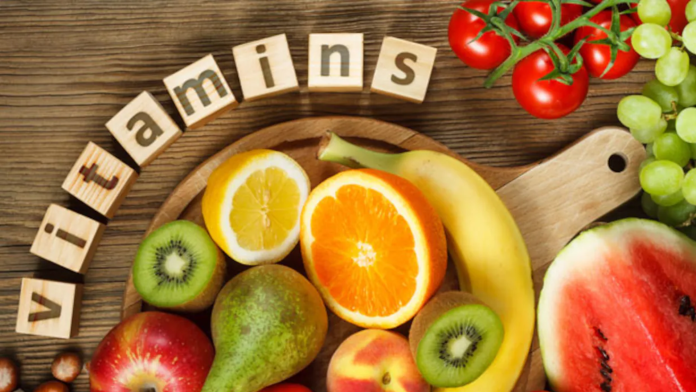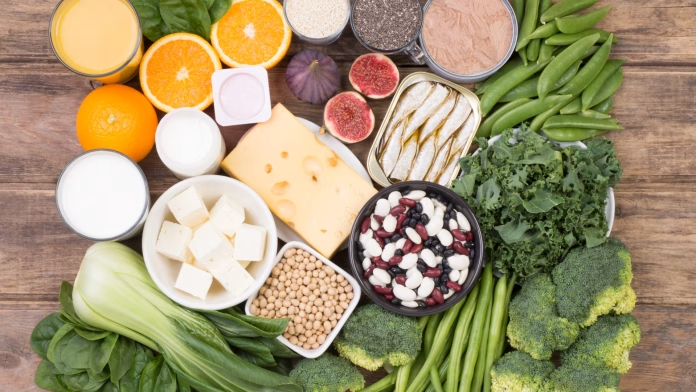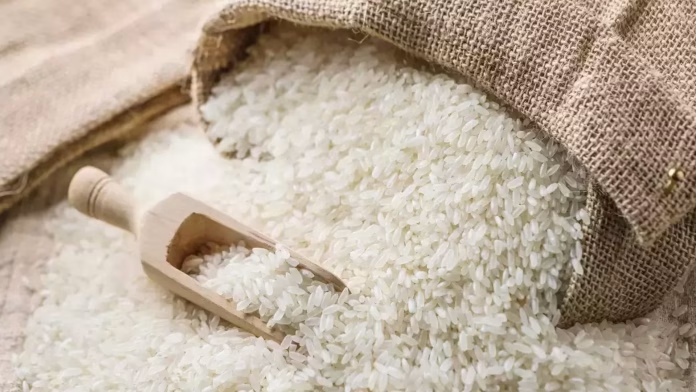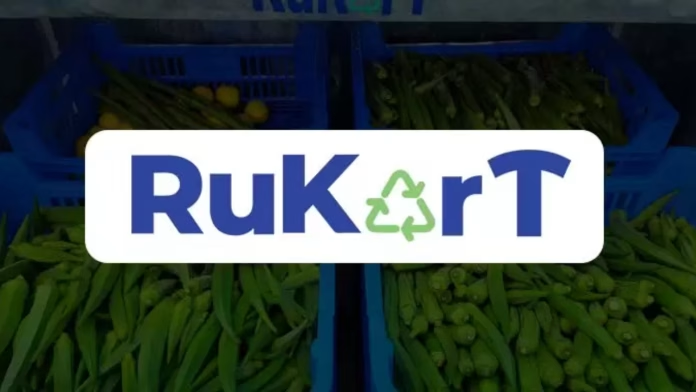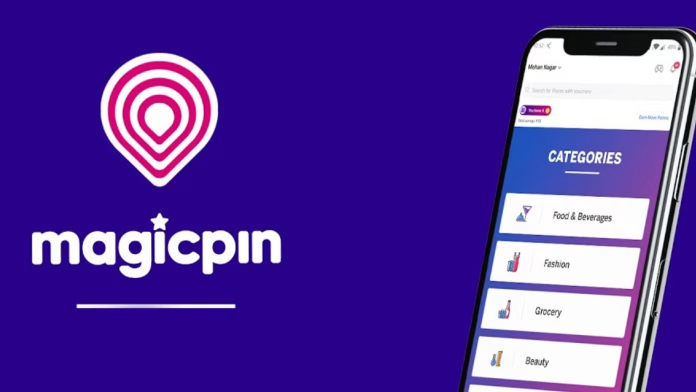Fatigue is a common condition that many people experience, and it can be caused by a variety of factors. One of the main causes of fatigue is a lack of essential vitamins in the body. Vitamins are essential for the proper functioning of the body, and a deficiency can lead to fatigue, weakness, and other health problems.
In this article, we will explore the essential vitamins that can help recharge and fight fatigue.
- Vitamin B12:
Vitamin B12 is a water-soluble vitamin that plays an important role in the production of red blood cells, nerve function, and DNA synthesis. It is found in animal products such as meat, fish, and dairy products. A deficiency in vitamin B12 can lead to fatigue, weakness, and anemia.
To increase your intake of vitamin B12, you can eat more animal products or take a supplement. Many energy drinks also contain vitamin B12, but it is important to be cautious about the amount of sugar and caffeine in these drinks.
- Vitamin D:
Vitamin D is a fat-soluble vitamin that is essential for the absorption of calcium and phosphorus, which are important for bone health. It is also important for the immune system and has been linked to mood regulation.
Vitamin D is produced by the body when the skin is exposed to sunlight, but many people do not get enough sun exposure. It is found in fatty fish, egg yolks, and fortified foods such as milk and cereal. A deficiency in vitamin D can lead to fatigue, weakness, and bone pain.
To increase your intake of vitamin D, you can spend more time in the sun, eat more fatty fish, or take a supplement. It is important to talk to your doctor before taking a vitamin D supplement, as too much vitamin D can be harmful.
- Vitamin C:
Vitamin C is a water-soluble vitamin that is important for the immune system, wound healing, and the absorption of iron. It is found in many fruits and vegetables, including citrus fruits, strawberries, kiwi, and bell peppers.
A deficiency in vitamin C can lead to fatigue, weakness, and anemia. To increase your intake of vitamin C, you can eat more fruits and vegetables or take a supplement. It is important to note that taking high doses of vitamin C supplements can cause diarrhea.
- Iron:
Iron is a mineral that is essential for the production of hemoglobin, which carries oxygen in the blood. It is found in animal products such as meat, poultry, and seafood, as well as in plant-based sources such as beans, lentils, and fortified cereals.
A deficiency in iron can lead to fatigue, weakness, and anemia. Women, particularly those who are pregnant or menstruating, are at a higher risk of iron deficiency. To increase your intake of iron, you can eat more iron-rich foods or take a supplement. It is important to talk to your doctor before taking an iron supplement, as too much iron can be harmful.
- Magnesium:
Magnesium is a mineral that is essential for many processes in the body, including the production of energy, muscle and nerve function, and bone health. It is found in many foods, including nuts, seeds, whole grains, and green leafy vegetables.
A deficiency in magnesium can lead to fatigue, weakness, and muscle cramps. To increase your intake of magnesium, you can eat more magnesium-rich foods or take a supplement. It is important to talk to your doctor before taking a magnesium supplement, as too much magnesium can be harmful.
- Omega-3 Fatty Acids:
Omega-3 fatty acids are essential fatty acids that are important for brain function, heart health, and reducing inflammation in the body. They are found in fatty fish, such as salmon and tuna, as well as in walnuts, flaxseeds, and chia seeds.
A deficiency in omega-3 fatty acids can lead to fatigue, mood swings, and cognitive decline. To increase your intake of omega-3 fatty acids, you can eat more fatty fish or take a fish oil supplement. It is important to choose a high-quality fish oil supplement that has been tested for purity and potency.
- B Complex Vitamins:
The B complex vitamins, including thiamine (B1), riboflavin (B2), niacin (B3), pantothenic acid (B5), pyridoxine (B6), biotin (B7), folate (B9), and cobalamin (B12), are important for many processes in the body, including energy production, nerve function, and DNA synthesis.
A deficiency in any of the B complex vitamins can lead to fatigue, weakness, and other health problems. To increase your intake of B complex vitamins, you can eat a variety of foods, including whole grains, nuts, seeds, meat, poultry, fish, and leafy greens. B complex vitamin supplements are also available.
However, it is important to note that taking high doses of certain B vitamins, such as niacin, can cause flushing and other side effects. It is important to talk to your doctor before taking a B complex vitamin supplement.
Fatigue is a common condition that can be caused by a variety of factors, including a lack of essential vitamins in the body. Vitamins play an important role in many processes in the body, including energy production, nerve function, and immune system function. A deficiency in any of these vitamins can lead to fatigue, weakness, and other health problems.
To recharge and fight fatigue, it is important to ensure that you are getting enough of these essential vitamins in your diet or through supplements. Eating a balanced diet that includes a variety of fruits, vegetables, whole grains, and lean protein sources can help ensure that you are getting the vitamins and minerals your body needs.
If you are experiencing chronic fatigue or other health problems, it is important to talk to your doctor. They can help identify any underlying health conditions that may be contributing to your fatigue and recommend the best course of treatment. With the right nutrition and medical support, you can overcome fatigue and feel more energized and focused in your daily life.

